
Head Office, Sales & Marketing Department
Raymond Vollmer presents
Ozeki Brewery
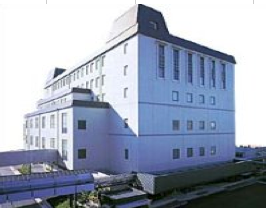
- Ozeki Co. Ltd.
4-9 Imazudezaike-cho, Nishinomiya, Hyogo
Tel: (0798)32-2111
OZEKI SAKE BREWERY
Brief History
(1711; Ozeki, - Ozeki is a top sumo-rank). No 3 in size in Japan. In the Edo-period, their sake was called Manryo and very popular in Edo. Name change in 1889 to what then was the highest rank in sumo (unfortunately, later an even higher rank, Yokozuna, was added!). In 1924, Ozeki opened the first bottling plant in Japan. Introduced sake sold in glasses from vending machines in 1964, for the Tokyo Olympic Games, under the brand name "One Cup Ozeki." Already in 1979 set up factory in the U.S. Known for its marketing power. Has its own sake research center.
So ku jo
Sokujo is the modern sake brewing method that stands as a counterpart to yamahai. Like yamahai, the sokujo method uses a yeast starter, but this starter has some lactic acid added to it (the yamahai doesn't). The lactic acid speeds up the process and also prevents wild yeasts and bacteria from taking part. This leads to a milder, more restrained, and less wild flavor. The vast majority of sake today is brewed using the sokugo method.
Miyamizu
Miyamizu flows underground from the Rokko Mountains in Nishinomiya. It is ideal natural water for brewing tasty sake discovered in the 19th century. Miyamizu, known as one of the best 100 waters of Japan, contains a lot of proper minerals for brewing sake such as phosphorus and potassium yet less iron that adversely affects sake. Sake brewed with Miyamizu is characterized by a dry and full-bodied robust taste.
Tamba Toji History
By the early 19th century, toji from particular regions had become associated with specific sake-producing areas. The most famous toji were from Tamba and Tajima (modern Hyogo Prefecture), and traditionally worked in the breweries of Nada. The breweries of Fushimi near Kyoto were supervised by toji from Echizen (modern Fukui Prefecture) and Tango (near Osaka). While these old pre-Meiji place names formally disappeared with the modern geopolitical reorganization of Japan, toji still use them in referring to themselves and the traditions their sakes embody.
Tamba toji, for example, tell of the brewmaster Seibei, who in 1802 defied corrupt local officials and journeyed to Edo to win the right of oppressed Tamba peasants to work as kurabito. Seibei succeeded but was put under lifetime house arrest for defying the government's ban on travel. Today, all the members of the Tamba Toji Association visit a monument to Seibei during their annual conclave in the fall, the high point of which is a Shinto purification ritual performed by a priest from Kyoto's Matsuo Shrine--another indication of how toji traditionally credit their inspiration to the gods.
My Recommendations for the Ozeki Traditional Sakes
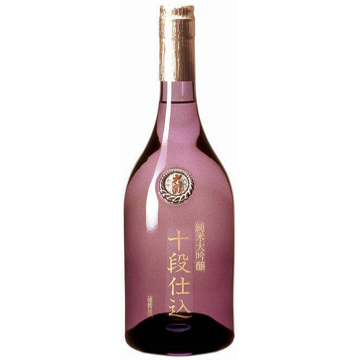
Judan Jikomi
This is the best for the Traditioal Sake Lover "worth the money: Junmai Daiginjo
Yamada Nishiki
This is Smooth full body and affortable. My new favorite: Junmai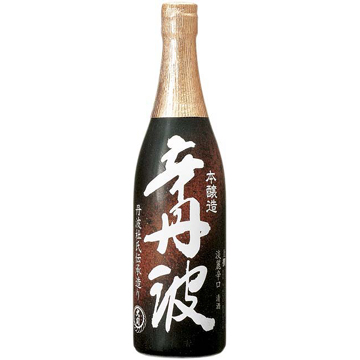
Karatamba
This is the working class sake, After work dinking daily, very dry and affortable: Honjozo
Hana Awaka
The best of Sparkling Sakes. Every Tasting, people wanted to buy the bottle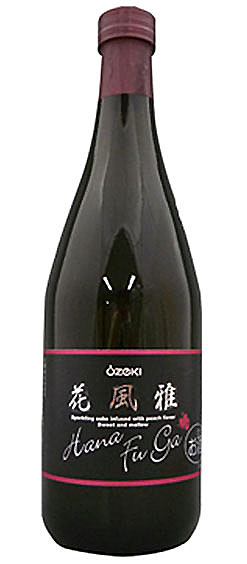
Hana Fuga
Sparkling Sake with a Peach Flavor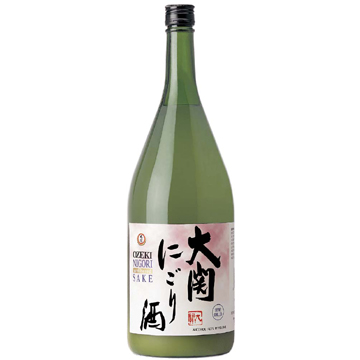
Nigori
This is unfiltered sake. Sweet and Cloudy. Has a lot of flavor and pressance
Ozeki has a wide variety of sakes. They are one of the largest Sake breweries in the world. They are also the oldest brewery of sake in the United States
Ozeki's Process ( simplified version )
- Selected brown rice ( all rice starts as brown rice )
- Rice Milling and Polishing: Milling must be done gently, not to generate too much heat. ( affects water absorption and not to crack the rice)
- Washing & soaking : Rice is washed from nuka, then soaked for water content ( soaking time depends on absorption rate of the rice )
- Rice Steaming: Rice is steamed in a "koshiki ", not boiled
- Cooling: Rice is then cooled after steaming
- Koji Making: " seigiku " Koji is mold," Aspergillus oryzae". Koji is cultivated on the rice and used at least 4 times throughout the process
( Koji stages are called Soe, Odori, Naka and Tome ) - Yeast Starter : "shubo " Yeast starter is first created by mixing koji and steamed rice. 100 million cell in a teaspoon is developed in two weeks
- The Mash : "moromi " More rice, koji and water are added in stages over 4 days, Fermentation lasts 18 to 32 days depending on what type of Sake
- Pressing: "joso" Sake is machine pressed from white lees call " kasu " , Some sake still use older method and are dripped from canvas bags
- Filtration: "roko" Sake is charcoal filtered to adjust color and flavor, water may be added to control the alcohol levels
- Pasteurization: Passing through a piping hot water kills bacteria and deactivates emzymes, Many sake are pasteuized twice before bottling ( before aging and after )
- Aging: Sake is aged 6 months before bottling
Ozeki's Illustrated Process
The Process
(The pictures below do not illustrate the whole process, These are picture from my phone for personal record and memory )
ISO 14001Certification
( Environmental Management Systems )
In 1999, Ozeki became the first major sake manufacturer to obtain the internationally recognized certification of Environmental Management Systems by the ISO (International Organization for Standardization). Ozeki continues to aggressively tackle environmental safety issues in our activities
Registered Certification Number: JQA-EM0456
Certification Date: June 25, 1999
Ozeki Breweries Imazu Light House
-

- The Imazu Lighthouse, the oldest wooden lighthouse in Japan. It is designated as a National Cultural Treasure, and it is still being used today to protect the safety of the sea.




























